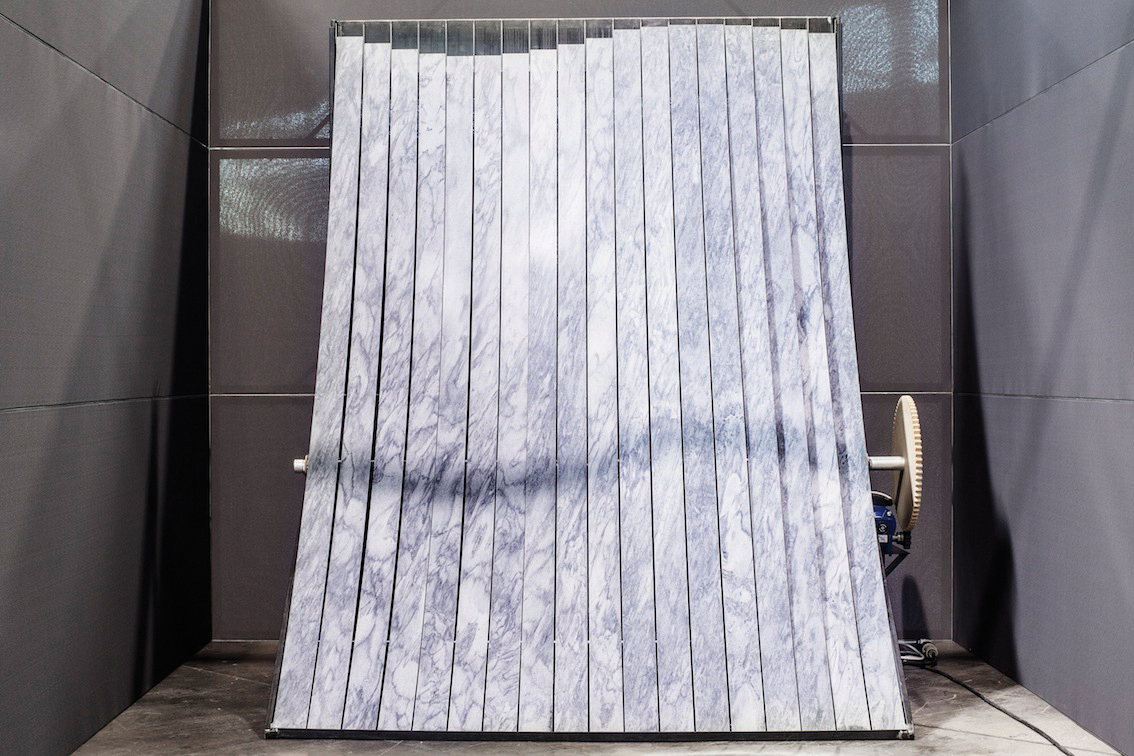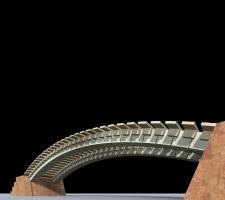
Marble comes in all shapes, sizes and colours, and for centuries has been prized for its versatility, writes Patrick Smith
Some of the world’s best known buildings are made of it, including The Leaning Tower of Pisa in Italy; the Taj Mahal, India, and the Parthenon in Greece. Many of the oldest major Roman buildings are made of marble (the Colosseum’s facade was made of it). Indeed more ancient monuments were constructed of marble than any other stone.
More recent examples of marble’s use can be found at structures including the magnificent Uzbekistan parliament building in Tashkent; the new One World Trade Centre, New York; a new mosque being built in Miami, Florida, USA, the Grand Mosque, Abu Dhabi, and at Al-Masjid Al-Haram (The Grand Mosque), Mecca, Saudi Arabia, the largest mosque in the world.
In Tashkent, the parliament building includes 12 half-circle columns and eight complete circles of snow white Greek Sivec marble and 6,500m² of cladding of the same material while Greek Thassos marble is used in New York as it is in Mecca.
This year Saudi Arabia’s religious authorities approved a request by the government to reduce the number of pilgrims permitted at Islam’s annual haj to allow expansion at the Grand Mosque, where work has seen hundreds of engineers and labourers installing new heat-resistant marble tiles in the courtyards to provide pilgrims and visitors with more comfort.
All the marble tiles of the outside courtyards will be replaced with new Greek snow white Thassos marble tiles that resist heat, similar to those installed in the Al-Mataf area inside the Grand Mosque.
The new marble floor tiles maintain the same temperature day and night, allowing visitors to walk barefoot in the afternoons without feeling any heat.
Demand for marble shows little sign of slowing down, and the recent
“Marmomacc is the essential fair for operators in the stone industry, from machinery to instrumental products, from marble blocks to more complex processing, for professionals in construction and contract sectors as well as designers and decision-makers seeking success in an increasingly specialised and competitive context,” says the organisers Veronafiere.
The four-day event saw over 1,400 exhibitors from nearly 60 countries and 56,000 visitors.
At ‘Inside Marmomacc’ in one of the exhibition halls, some exciting possibilities for the use of marble were shown.
In one exhibit (Marmomacc and Design: Fluid Stone) it was pointed out by Alice Schillaci for Marmomacc that research and technological development over the years have resulted in the ability to cut marble and granite flat with a minimum thickness of just 4mm.
An abstract posted by Raphael Galiotto (project) and engineer Alessandro Serafini outlined the Lithic Bridge project, which is intended to explore the construction potential of marble when installed dry laid and stressed/compressed.
“The bridge structure is suitably tensioned by steel cables set in marble and tautened by a lever system, where the gravity of marble mass of the steps located at the ends is calculated and dimensioned to act as a traction element,” says the abstract.
The system seeks to highlight the special features of the stone material that are ideal for stress/compression applications and characterised by high specific weight combined with the possibility of being processed on a massive scale as well as long-term stability and resistance to weathering.
Another abstract looked at the Flex Bridge prototype, which is based on the idea of being able to build a vaulted system suitable for a variety of purposes very quickly and using poor materials.
The bridge comprises two flexible arches and supporting walk-over wooden slats mounted on two four-side enbloc shoulders.
The flexible arch is an example of self-balancing systems and has a reinforced arch installed without the need for any support: it is assembled on the ground and then hoisted into position on the abutments using a crane.
This new technique, already in use with concrete buildings, is inspired by a concrete system patented in Ireland and developed through collaboration between Queen’s University of Belfast and Macrete, but never before experimented with natural stone.
“The major innovation of this new system lies in the fact that it does not require the use of any frameworks in construction stages,” says the abstract.















